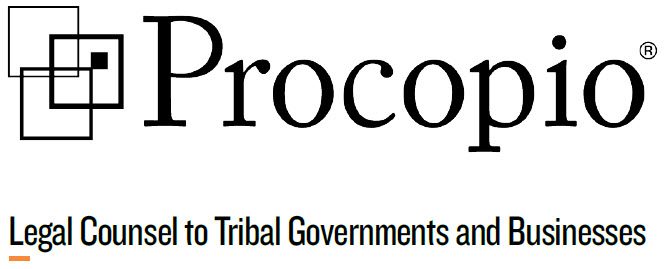
By: Karli Sultzbaugh | Law Clerk | karli.sultzbaugh@procopio.com
Theodore J. Griswold | Partner | ted.griswold@procopio.com
Native Americans and Alaska Natives account for two percent of the total U.S. population, but represent less than 0.03 percent of people holding elected offices. Currently, there are only two Native Americans in the U.S. House of Representatives, none in the U.S. Senate, and only a handful in state governments. This paltry representation could change beginning in the 2018 midterm elections, led by an unprecedented number of Native women running for office this November.
This election, 53 Native women from 35 Tribes are running for office. They are seeking legislative seats from state assemblies to the U.S. House of Representatives, and executive positions including governor and lieutenant governor. These women seek elected leadership in the states of Alaska, Arizona, Arizona, California, Hawaii, Idaho, Kansas, Minnesota, Montana, New Mexico, North Dakota, Oklahoma, Oregon, South Dakota, Texas, Utah, Washington, and Wisconsin.
This movement is noteworthy not just because Native women are standing up to be heard– their messages are finding appeal. Voters are showing their agreement with their messages through primary votes that placed them on dozens of general election ballots.
Deb Haaland (Laguna Pueblo) is probably the candidate who has received the most publicity thus far. She is running for the U.S. House of Representatives to represent the First District of New Mexico, a seat she appears poised to win. She would be the first ever Native American woman in Congress. Paulette Jordan (Coeur D’Alene) is running for governor in Idaho and would be the first Native female governor. The lone Native American woman candidate in California is Caleen Sisk (Chief of Winnemem Wintu) who is running for State Assembly in Redding and would be the first Native woman to represent that Assembly District. The complete list can be found here.
There is no doubt that Native American individuals and communities are affected by nonnative governments every day. The historic, chronic under-representation of Native Americans in elected offices likely has several causes. Many Tribal leaders are busy running their Tribal governments, and governing their own people is a significant challenge. The investment of time seeking to drive governance in non-native governmental offices is often seen as an uphill challenge where those governments have historically developed policies that do not benefit Native communities. But perhaps the most important perception leading to misrepresentation is a fatalistic view that their voices are not heard or seriously considered by decision makers. That could change in many communities after November 6th.
Where they are successful, electing Native American women in state and federal government offices provide not only a vital, under-represented voice to governmental halls, it also demonstrates to younger generations of Native women and girls that their voice can be heard, and heard beyond their immediate community. It may signal a time for a different approach to government. Countries with more female lawmakers have made significant progress in areas such as education, labor-force participation, and paid leave for parents. Furthermore, a recent study found that countries with more women in parliamentary positions exhibit less corruption.
We encourage you to learn more about the messages of these 53 candidates, and particularly the ones near you. You will be provided a window into their communities and their vision of the future, and how we can build a more inclusive, just and verdant system of government. If you like the vision they bring, Bethany Yellowtail, noted Native fashion designer, created a t-shirt and a bipartisan campaign called #SheRepresents and #NativeVote 2018, which lists the names of each Native woman up for election this November on the back. Proceeds from the shirts will go to the Advance Native Political Action Fund, a nonpartisan project born of the need to have Native American representation in elected and appointed offices throughout the country.
Karli Sultzbaugh is a law clerk with Procopio’s Native American Law Practice group and a member of the Pechanga Band of Luiseño Mission Indians. She is a recent graduate of the University of California, Los Angeles School of Law and is awaiting her California Bar results.
 Ted Griswold is head of Procopio’s Native American Law practice group and is the primary editor for the Blogging Circle. Connect with Ted at ted.griswold@procopio.com and 619.515.3277.
Ted Griswold is head of Procopio’s Native American Law practice group and is the primary editor for the Blogging Circle. Connect with Ted at ted.griswold@procopio.com and 619.515.3277.
